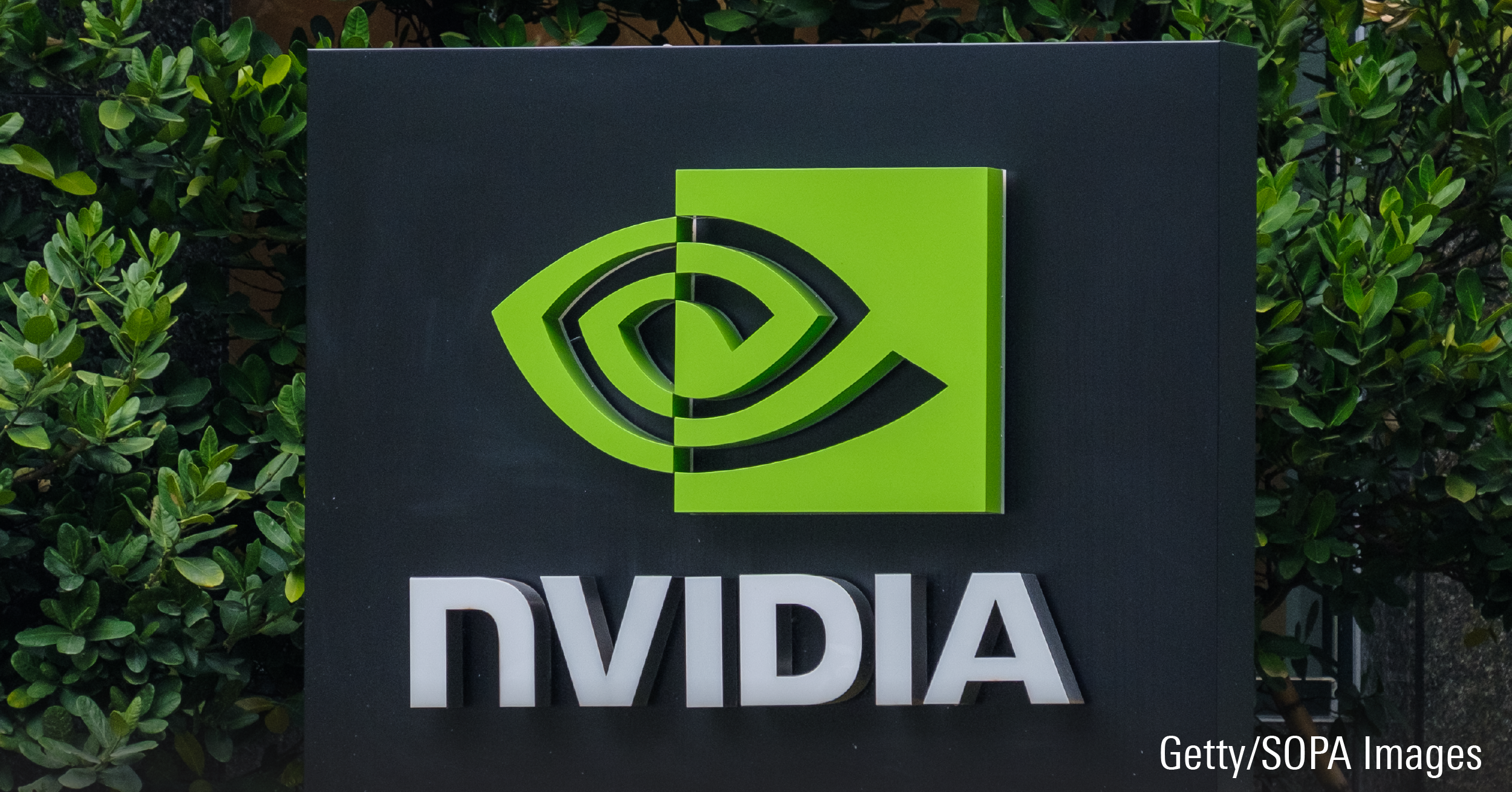![]() General Motors (GM) announced yesterday that it will cut 15% of its salaried staff and factory workers, 25% of its executives, and stop allocation to five factories – four in the US and one in Oshawa, Ontario. Additionally, the company announced it would cease operations of two additional plants outside of North America by the end of 2019.
General Motors (GM) announced yesterday that it will cut 15% of its salaried staff and factory workers, 25% of its executives, and stop allocation to five factories – four in the US and one in Oshawa, Ontario. Additionally, the company announced it would cease operations of two additional plants outside of North America by the end of 2019.
“With changing customer preferences in the US and in response to market-related volume declines in cars, future products will be allocated to fewer plants next year. Assembly plants that will be unallocated in 2019 include Oshawa Assembly in Oshawa, Ontario, Canada, Detroit-Hamtramck Assembly in Detroit and Lordstown Assembly in Warren, Ohio”, the company said in a press release.
The move lead to the stock closing the day higher, up over 4.7%.
“In our view, the company is wisely staying ahead of the cycle and moving to remove vehicles that are out of favor now that Americans are buying light trucks at a torrid rate”, said Morningstar sector strategist David Whiston.
“We are raising our GM fair value estimate to US$46”, he said.
Light trucks constitute nearly 70% of monthly U.S. industry sales, and in GM's case that ratio is about 80%, Whiston points out.
“That ratio is why we think GM stopping production in March and June of 2019 of the Buick LaCrosse, Cadillac CT6, Cadillac XTS, Chevrolet Cruze, Chevrolet Impala, and Chevrolet Volt, all of which we calculate made up just 9.4% of GM's US sales volume year to date (through October), makes sense”, he noted.
He also pointed out that as of now, GM is not saying it will close these plants and permanently end production of these vehicles. “But we think the CT6 and maybe the Volt will be the only ones to remain in existence, if any, and if kept they would move to a different plant”, Whiston added.
GM expects to record pre-tax charges of US$3 billion to US$3.8 billion related to these actions, including up to US$1.8 billion of non-cash accelerated asset write-downs and pension charges, and up to US$2 billion of employee-related and other cash-based expenses. These actions will contribute approximately US$6 billion of free cash flow, via cost reductions of US$4.5 billion and a lower capital expenditure of almost US$1.5 billion.
“The company seemed hesitant on an analyst call to say if the $6 billion is gross or net, and only said there's puts and takes on that number based on macroeconomic conditions”, Whiston noted.





















